The old saying fences make great neighbors holds true for several reasons. That bit of separation between someone between properties can help reduce the risk of disputes. It is a clear marker of what is mine and what is theirs.
But what happens when there is no clear marker?
What happens when a neighbor oversteps?
This is, unfortunately, not uncommon. Easement disputes happen all the time. They can involve a neighbor whose driveway meanders over the property line or a fence that intrudes on your land. They can arise between two neighbors, a property owner and the government, or a mix of both.
WHAT EXACTLY IS AN EASEMENT?
An easement is a legal term that refers to an ownership right in the land. There are many types of easements, ranging from those used by the government to connect properties to electricity and gas lines to private usage, like the driveway noted above. The exact details of each vary and are generally guided by state law.
WHAT ABOUT THE DRIVEWAY?
Driveways often fall into a specific type of easement, the appurtenant easement. This is an easement that benefits the neighboring lot. It is a good idea to put together a legal document that outlines the expectations of the easement and record the easement with the appropriate agency. The language of the document will guide the relationship between the neighbors and land use. As such, it is important to tailor the document to your specific situation and make sure you understand the impact of each provision.
But what if there is not an agreement or if you believe your neighbor’s use is in violation of the easement? If there is no easement or the neighbor is in violation of the easement and refuses to abide by its terms, you can likely pursue legal action to demand the neighbor respect the property boundaries.


